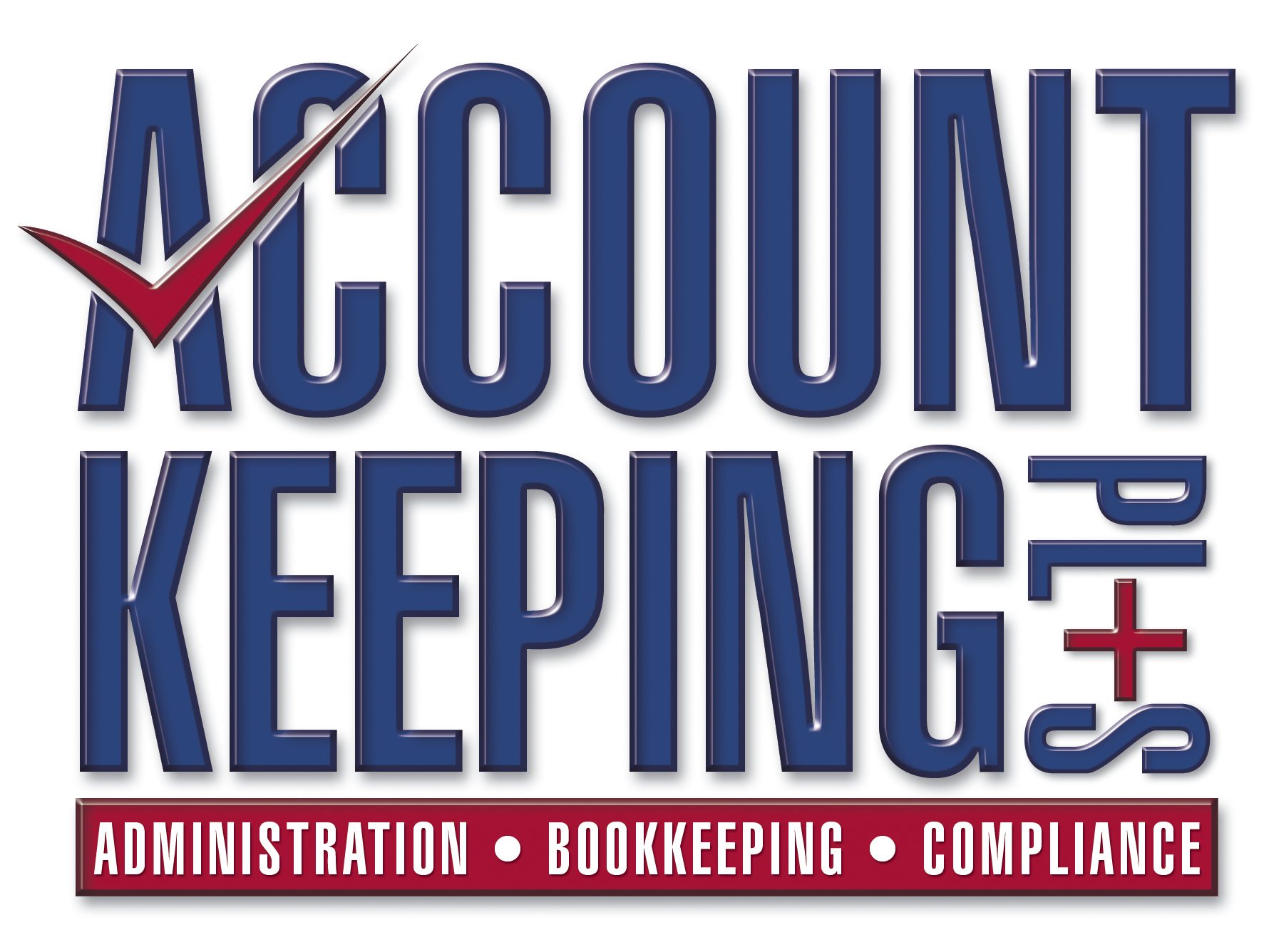
Current and Non-Current
Businesses have liabilities – payments that are to be paid sooner or later (long term) they are divided into Current and Non-Current.Current Liabilities are obligations due to be paid within 12 months or less of the date of a company’s balance sheet and will require the use of a current asset (eg money in bank) or will create another current liability if paid by debt or loan.
Current liabilities are usually listed in the following order:
1. Credit cards and overdraft accounts, loans less than 12 months;
2. Accounts payable (trade creditors);
3. The remaining current liabilities such as payroll taxes payable, superannuation, income taxes payable, interest payable and other accrued expenses.
Usually all the parties who are owed current liabilities are called creditors. In special situations, a legal arrangement may be created that gives preference and then those parties are called secured creditors. The majority of creditors are known as unsecured.
The amount of current liabilities is used in financial ratios such as working capital (current assets minus current liabilities) and the company’s current ratio (current assets divided by current liabilities). These give an indication of the company health.
Need help? Not sure? Call for FREE 30min advice / strategy session today!
0407 361 596 Australia
And also get Free “Avoid these GST mistakes” – there’s 18 that the Tax Office see regularly – get them right!
